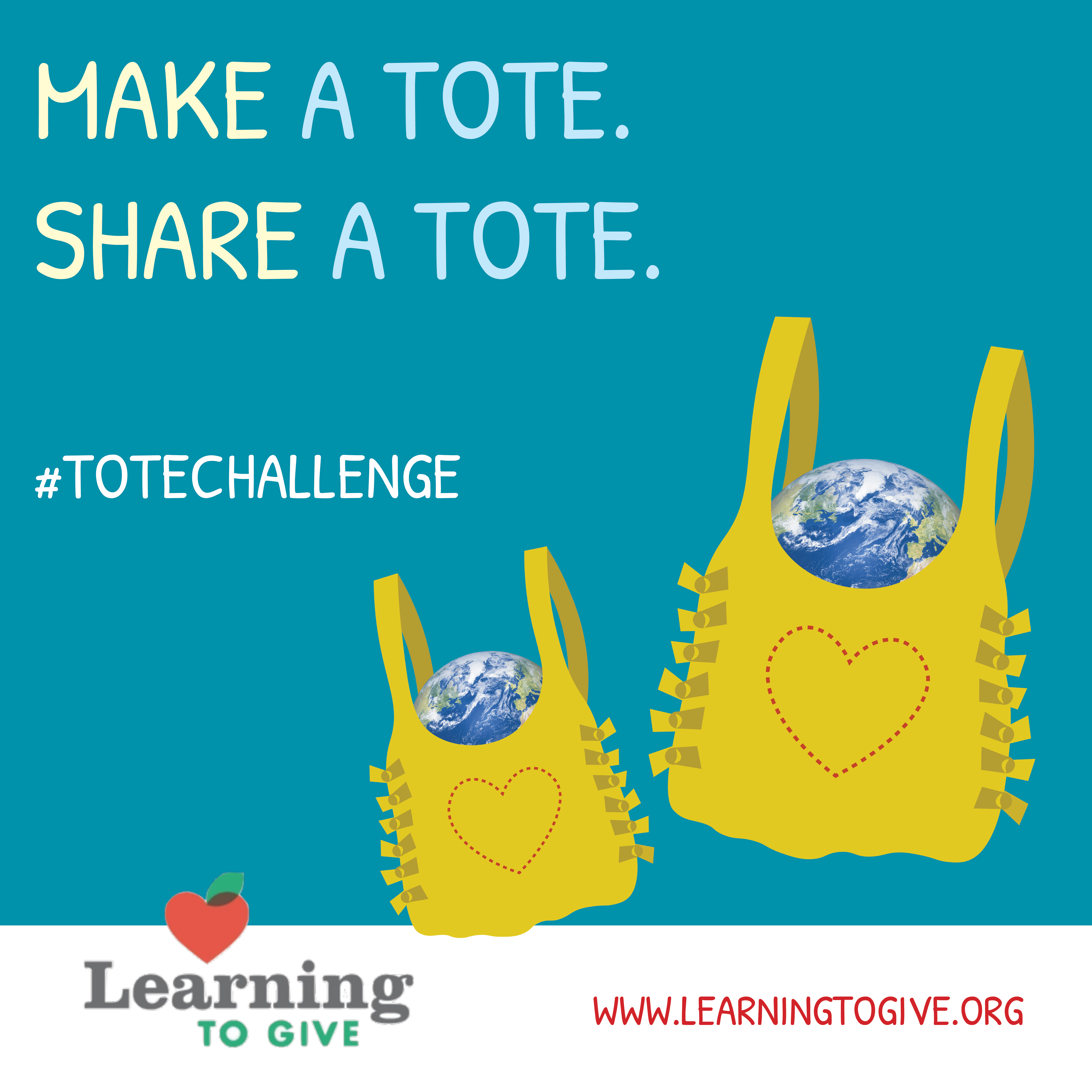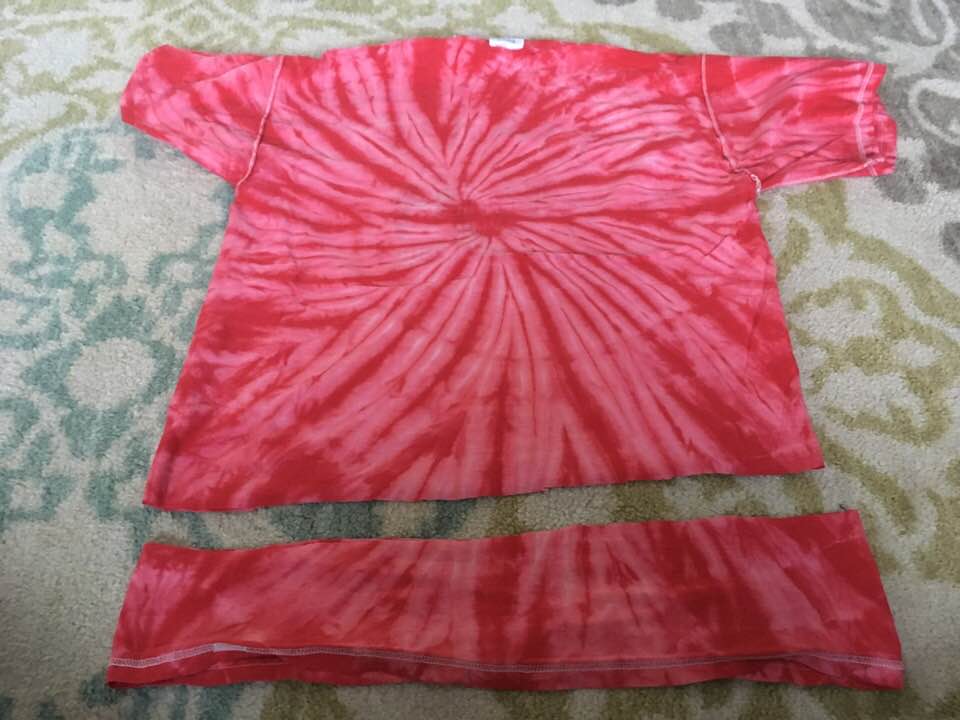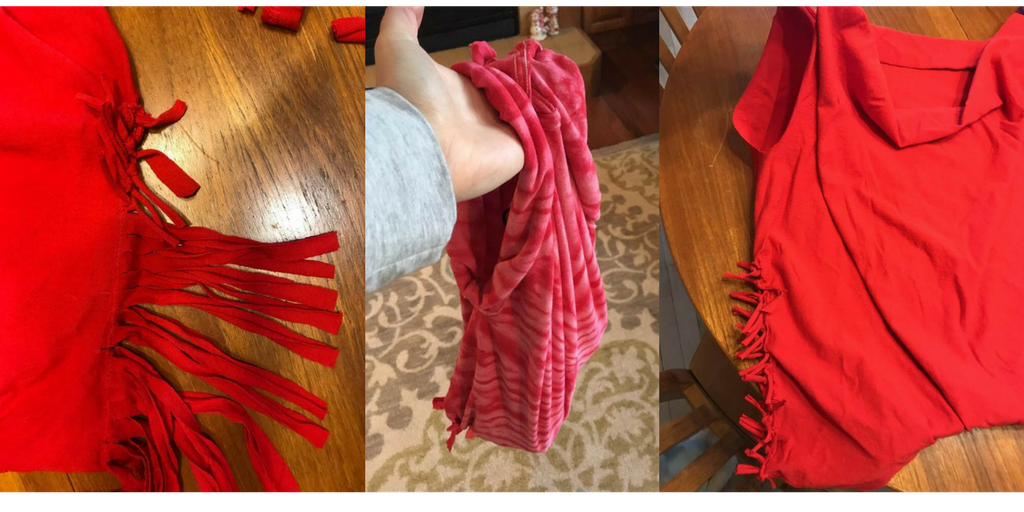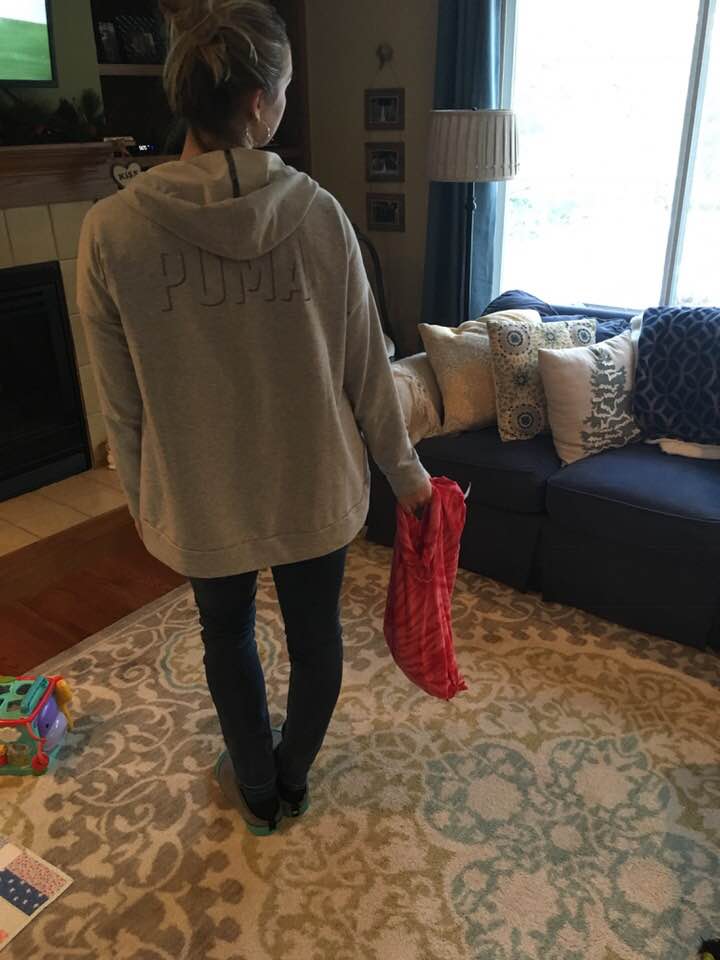Young people investigate the problems caused by plastic shopping bags, then propose solutions to address the problems. This lesson prompts teams to design a reusable shopping tote out of an old T-shirt using engineering, problem-solving, creativity, and communication. They take action for the common good by using and sharing their project and by educating the community about problems and solutions to the plastic bag crisis.
The learners will...
- identify issues around plastic bag usage and disposal.
- employ problem-solving and teamwork to design a reusable grocery bag that people want to use #ToteChallenge.
- advocate for recycling and reusing bags.
- old T-shirts (do not buy new)
-
materials to remake the T-shirts, such as needles and thread, ribbons, scissors, and string
Adapt this letter for your communication.
- "Truth about Plastics" Infographic, Reuse This Bag https://www.reusethisbag.com/reusable-bag-infographics/the-truth-about-plastic.php
- "22 Facts about Plastics," EcoWatch. https://www.ecowatch.com/22-facts-about-plastic-pollution-and-10-things-we-can-do-about-it-1881885971.html
Adapt this one-session activity for any age or group and follow it with a simple and powerful service project. The reflection brings learning and service impact together.
Anticipatory Set: (10 minutes)
Search Google Images for pictures of "plastic bag pollution." Show the pictures to illustrate the different issues caused by plastic bags in the environment. Show the 2009 video "The Bay vs The Bag" as a creative illustration of the plastic bag issue getting out of control. Discuss:
- At the end of the video, what does the woman do that shows she learned the impact of her actions?
- The YouTube video "The Bay vs the Bag" was made when San Francisco was voting on banning plastic bags in grocery stores. They were successful. Some cities and states ban bags or charge for bags. Discuss the pros and cons of banning single-use plastic bags.
Part One: (15 minutes) What are the problems associated with plastic shopping bags?
- What are some of the ways that plastic bags cause problems? Youth may do some research. (Pollution on land and in the water, harm to animals, hard to recycle, uses oil in production, some bag inks are toxic)
- Discuss personal calls to action:
- Do you re-use plastic shopping bags at home? For what uses?
- What are some ways you can reduce how many plastic bags you use. What are some alternatives to taking a new plastic bag? (carry a reusable bag with you, don't use a bag)
- What can people do to manage plastic bags so they don't end up in the environment?
Variation for older youth: Research history timeline of recycling or Earth Day.
Variation for younger children: Read and discuss Why Should I Recycle? by Jen Green, We Are Extremely Very Good Recyclers by Lauren Child and Bridget Hurst, or What If Everybody Did That? by Ellen Javernick.
Part Two: (20 minutes) Educate our community about reducing use and pollution of plastic bags
- Brainstorm 35 ways to reuse and repurpose plastic bags (may include crafts and useful remakes). Note: one group made jumpropes out of plastic bags.
- Discuss ways to share these ideas with other people, including social media, posters, making videos, and advocating for banning plastic bags.
- Ask the children/teens to commit in writing to at least one way to make a difference.
-
Project Overview: Work with a team to design a reusable grocery bag out of an old T-shirt. This project uses engineering, art, communication, and benefit to the common good. #ToteChallenge
Give the following parameters:
- Reuse an old T-shirt to make a reusable grocery tote (may use other materials to help with design).
- It must be easy to carry with a comfortable handle when the bag is heavy.
- It should be strong enough to hold a bag of flour and well made so small items, like an apple or check-out aisle candy, don't fall out (may be sewed, buttoned, glued, or tied).
- Use teamwork and problem solving.
Other Ideas:
- Write a clever inspirational saying with fabric markers on the bag.
- Type a note about the bag's purpose and how it was made to include in the bag.
- Donate the bag to someone or to the grocery store.
- Make a YouTube video or social media post about the process, product, and reflection. #ToteChallenge
Reflection
- What are some things you tried and dismissed when you were making your T-shirt tote?
- What makes a T-shirt bag a good alternative to a plastic grocery tote?
- What are some disadvantages of using a T-shirt tote?
- How can you tell others about your design so they can make their own?
- What steps could you take to share homemade totes in your local community?



